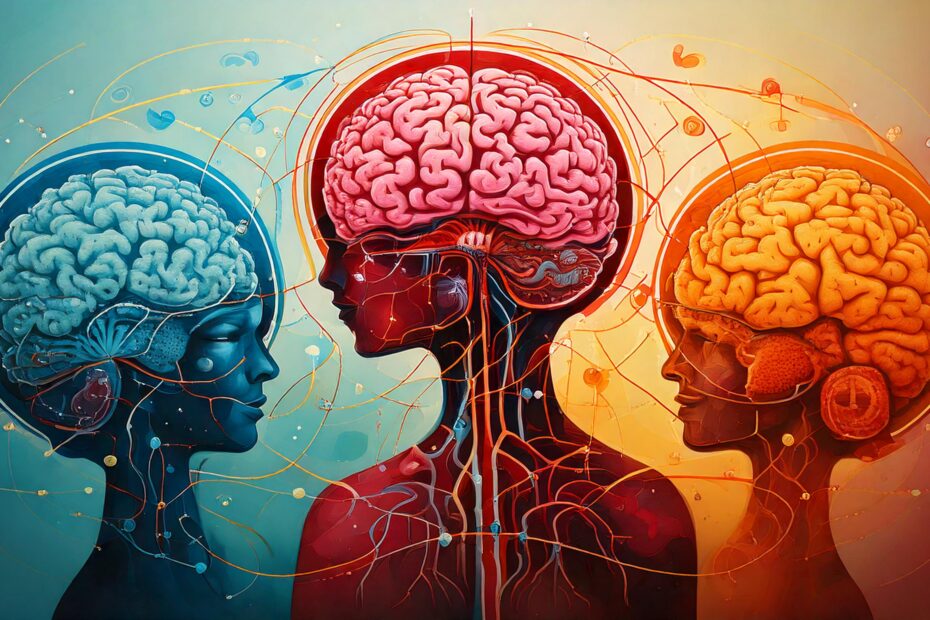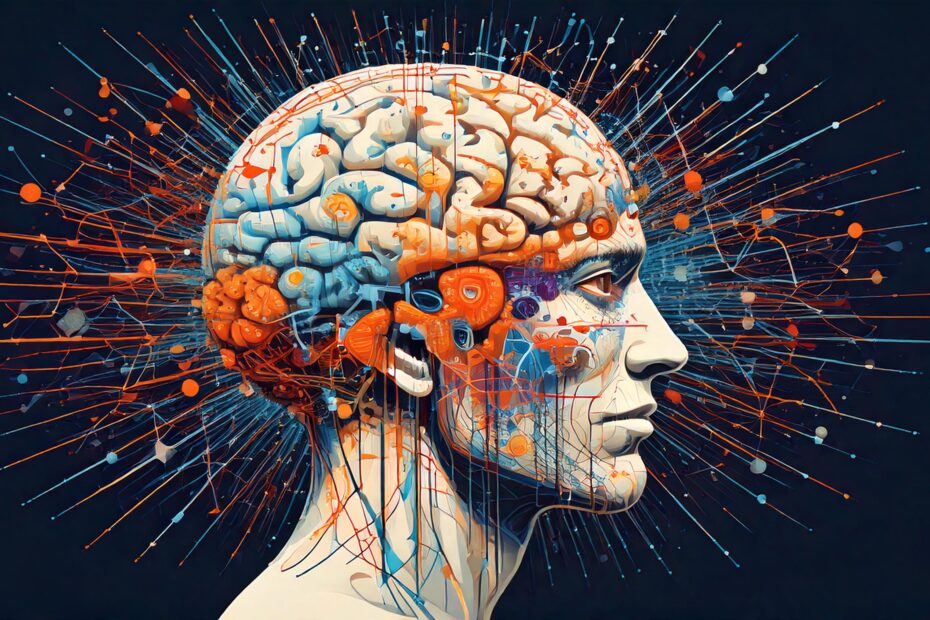Nostalgia Sells: How Brands Leverage the Power of the Past to Drive Consumer Engagement
Why are consumers so drawn to products that remind them of the past? Nostalgia is one of the most powerful emotional triggers in marketing. It reconnects people with personal and cultural memories, evoking feelings of safety, joy, and authenticity. In an age of uncertainty and overstimulation, nostalgic campaigns stand out by offering familiarity and emotional resonance.
This article explores how nostalgia influences consumer behavior and how brands can strategically activate real, simulated, and collective nostalgia to build deeper emotional engagement.









